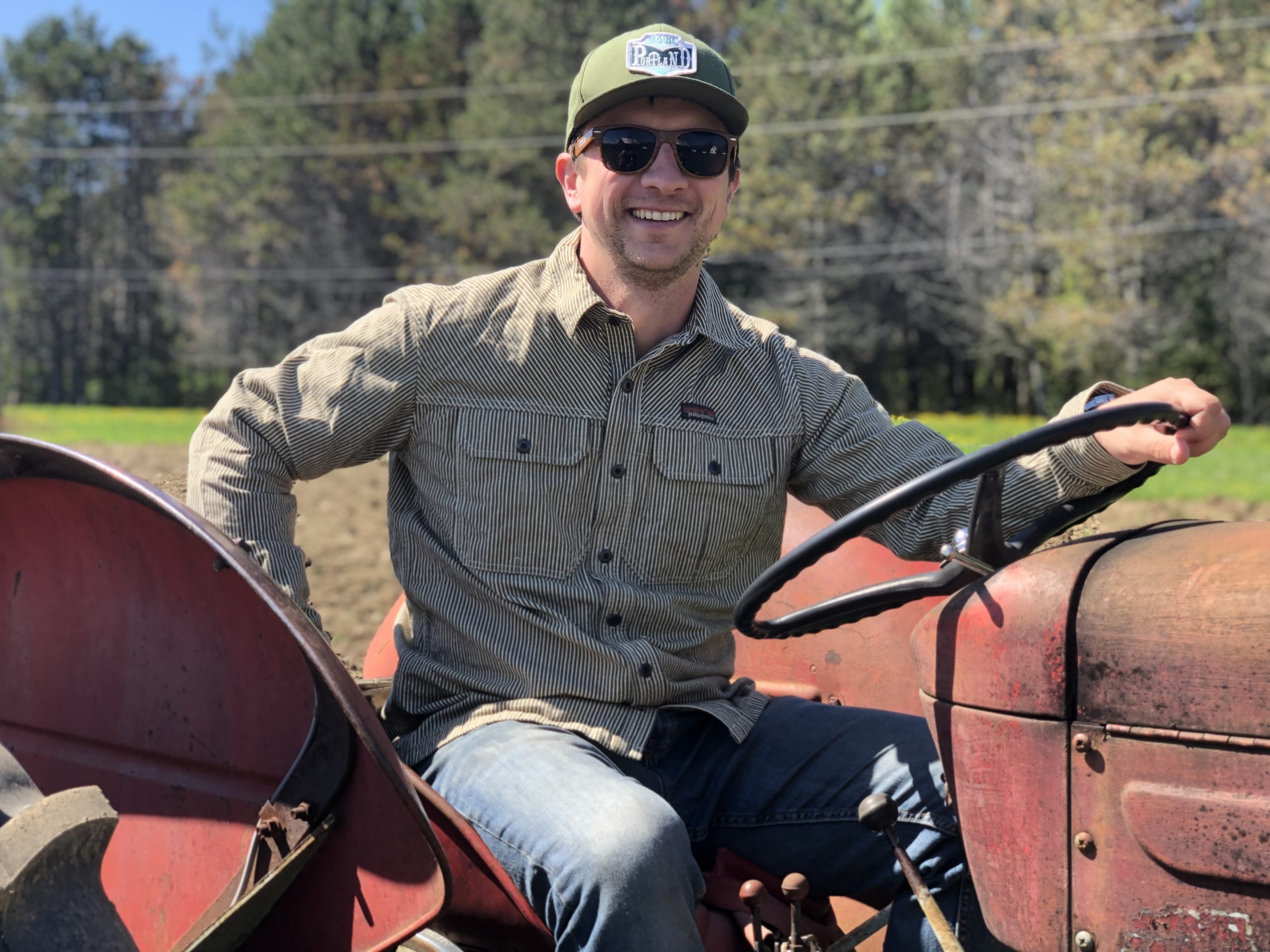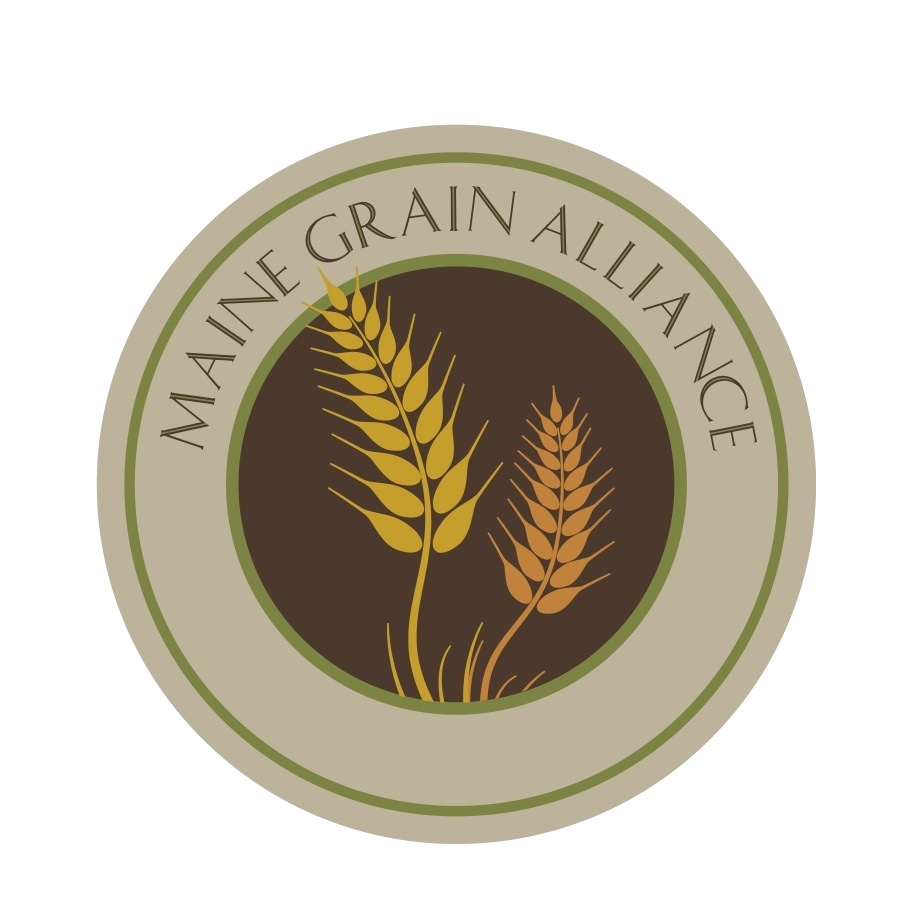
About Me:
Tristan Noyes is the co-founder of GROMAINE, an organic farm in Aroostook County, Maine, specializing in small trials of heritage grains. Raised in a northern Maine farming family, Tristan learned the value of environmental and economic stewardship. He now lives in South Portland, building relationships with local food businesses while his brother Jon manages farm operations. Tristan and Jon collaborate with the Maine Grain Alliance to restore rare and heritage grains suited for Northern Maine.
Additionally, Tristan is the executive director of the Maine Grain Alliance. He leads efforts to revitalize regional grain economies, preserving and promoting grain traditions through education, innovation, and sustainability. The organization fosters food independence, health, and economic opportunity by supporting grain-based businesses and communities.
Website: gromaine.com/about-us/
USDA Growing Zone: 3b







